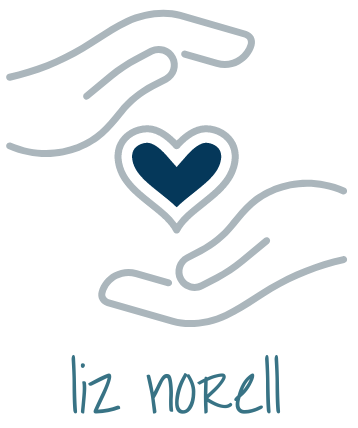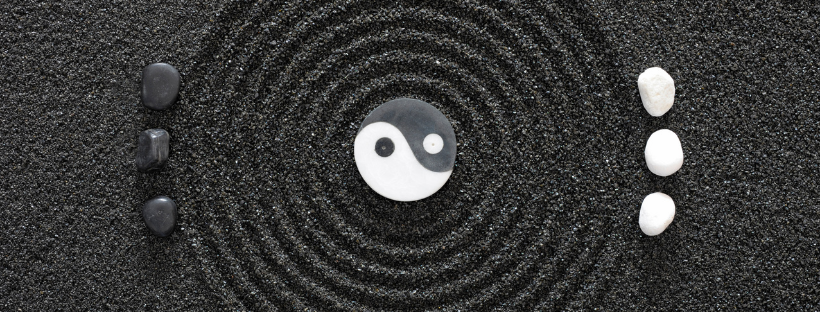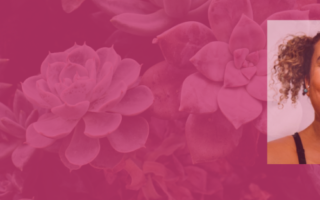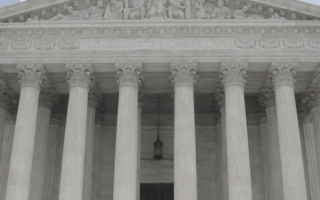** With apologies to Harry Potter fans for butchering the line.
I spend about six hours a week staring at a video feed of myself whilst holding virtual office hours (which I call drop-in student hours, because not everyone knows what “office hours” means). During that time, I typically have very few students actually swing by for a chat, but when I do — whoooo, boy, do I ever get excited!
On Friday, I had not one, but TWO come by! Granted, they were coming immediately after our morning class, with questions about class matters, but hey! That’s why I schedule Friday hours at that time.
The second visitor to office hours — I’m making an assumption here — thought she had closed out of the Zoom window, but hadn’t. (Her video wasn’t turned on, only audio, so I can’t be sure.) The next thing I heard was her answering a phone call on speaker. She started talking to a guy about trying to get caught up on her homework and how stressed out she was (I knew all of this from our discussion), and then …
I overheard something that had me scrambling (in futility) to speak up and to type out some chat messages.
She said she wasn’t sure why her major was listed as “liberal arts,” and the other voice said, “LIBERAL ARTS?! Are they turning you into a Trump hater?”
“Never!” she exclaimed.
When she didn’t respond to my voice or text, I knew that I didn’t want or need to creep in on this convo, so I used my administrator privileges to move her into the waiting room and cut her audio. (I didn’t want to kick her out of the room, because then I wasn’t sure she could come back later if needed.) She dropped off the Zoom attendee roster very soon thereafter.
But this reaction of her conversational companion has stuck with me. I know that lots of people think a “liberal arts” education means training to be a political liberal, but of course it doesn’t. So that’s easy enough. But why does this perception persist? Why do we use the phrase “liberal arts” to describe so much of higher education? And why are political ideologies called “liberal” and “conservative”? These are the questions that have been rolling around in my mind.
I could ask my resident etymology fanboy, sure, but instead I dove into etymonline.com for answers.
conservative (adj.) late 14c., conservatyf, “tending to preserve or protected, preservative, having the power to keep whole or safe.” “As a modern political tradition, ‘antagonistic to change in the institutions of a country,’ often especially ‘opposed to changes toward pure democracy’.”
liberal (adj.) mid-14c., “generous,” also “nobly born, noble, free.” “In English, the label at first was applied by opponents … to the party more favorable to individual political freedoms. But also tending to mean ‘favorable to government action to effect social change,’ which seems at times to draw more from the religious sense of ‘free from prejudice in favor of traditional opinions and established institutions’ (and thus open to new ideas and plans of reform), which dates from 1823.”
liberal arts (n.) late 14c., translating Latin artes liberales; the name for the seven attainments directed to intellectual enlargement, rather than immediate practical purpose, and thus deemed worthy of a free man (liberal in this sense is opposed to servile or mechanical).
Based on what I’ve learned about the current understandings of liberal and conservative, this stands up. Jonathan Haidt’s 2008 TED talk (which I’ve watched no fewer than 200 times at this juncture — true story) points out that liberals tend to be more open to change and to place higher value on justice and fairness; “they want change and justice, even at the risk of chaos,” he says.
Conservatives are uncomfortable with change and prefer the status quo, understanding that change is destabilizing and order is very difficult to achieve and maintain; “conservatives want order, even at some cost to those at the bottom.”
In all cases, liber — the Latin word root here — denotes freedom, especially a free man, whereas the root servare indicates to “keep watch, maintain,” from the root ser, which means to protect.
What’s the point here, you might ask? I’m not sure I have one. I agree with Jonathan Haidt, who calls liberalism and conservativism the yin and yang of our political systems; if you don’t have both, we descend into one kind of chaos (liberal anarchy) or another (conservative tyranny).
To be sure, though, higher education definitely does favor the opening of minds — if we’re not here to learn, then why bother at all? This intellectual freedom does feel like liberation, doesn’t it? But is it liberal?
Understood through this lens, the debate over the 1619 Project vs. the Woodson Center’s 1776 Project makes some sense. The liberals, in their defense of a liberal arts education, want us to look at our history through the lens of intellectual curiosity, intellectual liberty, with a bias towards justice, even at the risk of chaos. The conservatives critique the 1619 Project’s challenge to traditional understanding of American exceptionalism and prevailing modes of teaching our history; they want to protect and preserve our current understanding, even at some cost to those at the bottom (read: racial minorities).
We need both strands of discussion, both modes of thinking, to make us a better whole of a country.





